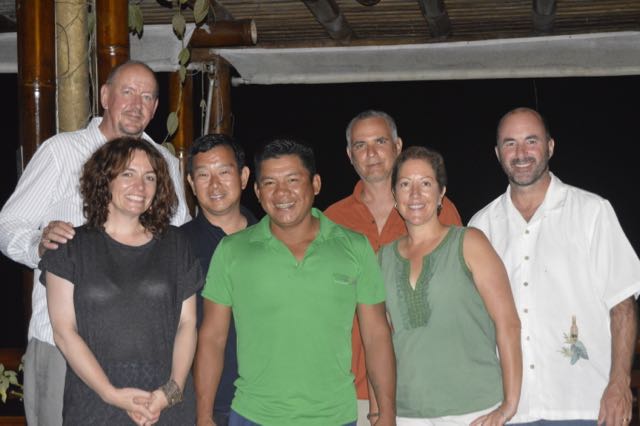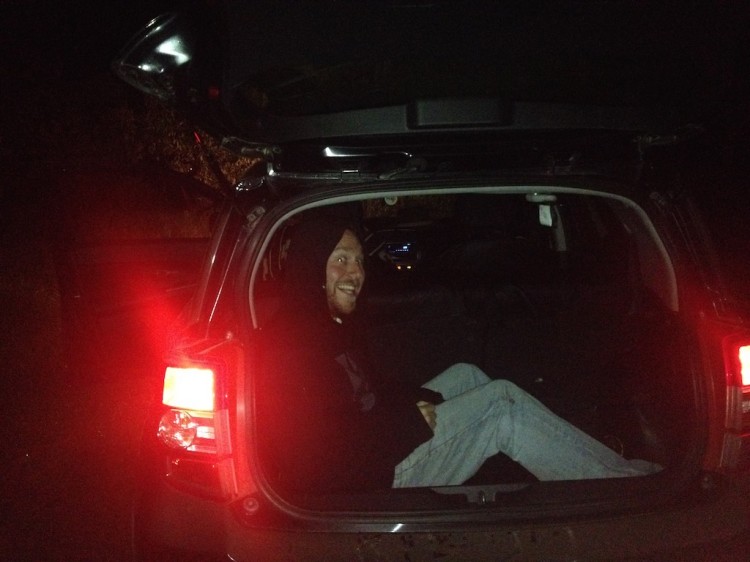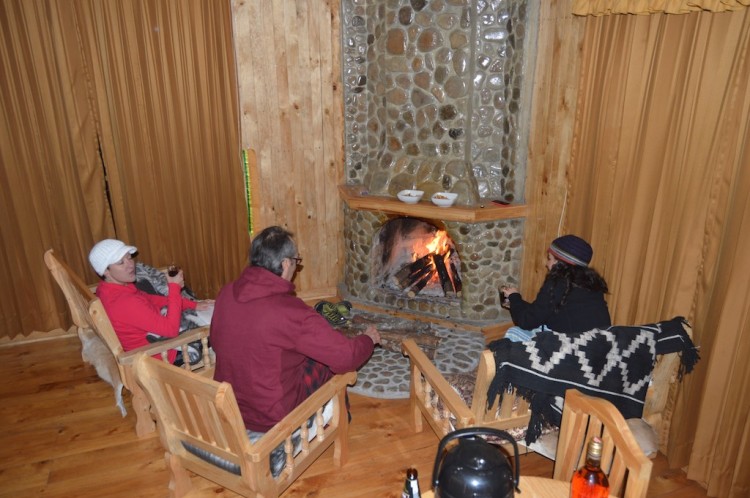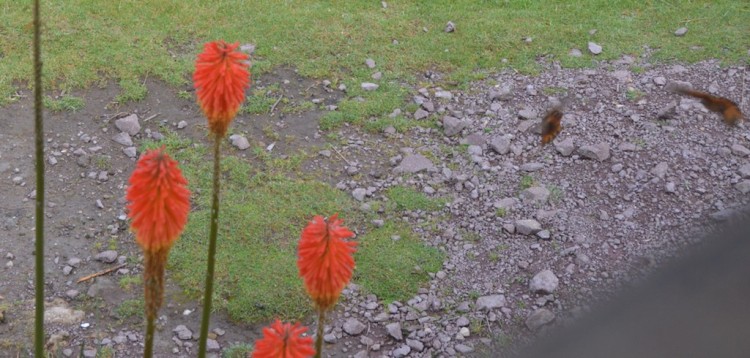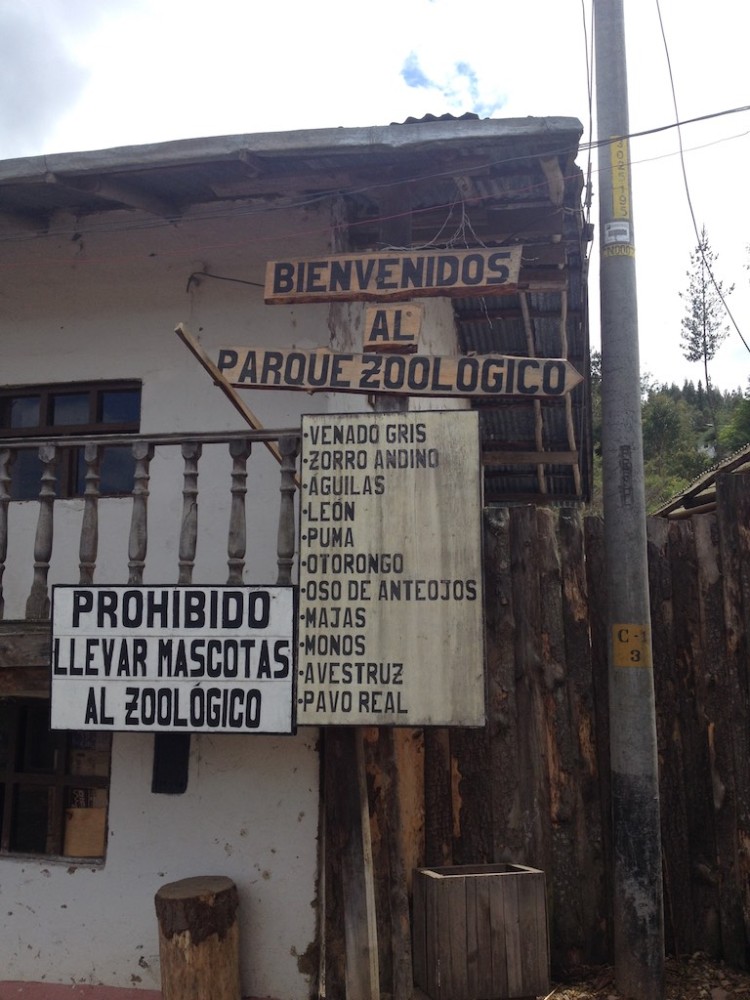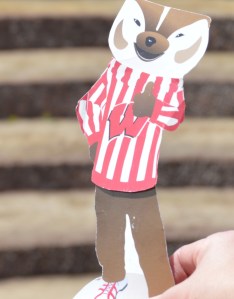Our South American adventure started in Southern Chile’s Patagonia in the Torres del Paine National Park. It’s not the easiest place to get to – 24 hours of flights from Mexico City to Punta Arenas, Chile, and then 5 hours of bus rides to get to the park and another 40 minute bus ride to our lodge* – but it was well worth the long journey. It may be the most beautiful place I have ever been. Or maybe that was because I was so happy to be in the mountains again after island living for 2 years. Mountains, glaciers and lakes, oh my!
There are two ways to visit the park: backpack and do one of two multi-day hikes – the circuit or W – or stay in a hotel and take day hikes. As my camping limit is generally 2 nights and I don’t carry gear, we opted for a hotel. There are not many in the park, so we chose the most economical and had low expectations based on the reviews. Once again, my life experiences of rustic Wisconsin cottages served me well as Hosteria Pehoe has seen better days.
The point of the park is not the accommodations, but the views. Hosteria Pehoe had the best hotel views in the park, hands down. Our bartender showed us where to take the path to the scenic view for our first sunset, and the sunrise the next morning was equally spectacular. Even better – sunrise was around 8:15 a.m. My kind of place!
We were out of hiking shape, but raring to go. On our first day we took a walk on the road to the Salta Chico waterfall and then hiked up to a lookout where we saw soaring condors. It felt great to be back in the mountains.
Day 2 was intended to be our easy day. We were building up to a 12 1/2 mile hike to the base of the Torres that we planned for Thursday, so on Tuesday we arranged to take the boat cruise to Grey Glacier. This is where traveling in a remote place with primitive hospitality services has its drawbacks. The wifi at our lodge wasn’t good enough for us to make the reservation for the cruise. The desk clerk at our lodge assured us that while the cruises were scheduled four times a day, the only one running was at noon and that we would have no problem booking it upon arrival the Hotel Lago Grey, where the boat departs. Unfortunately, she was not willing to make a call to reserve it for us. So we, together with another couple, hired a driver to take us to the Hotel Lago Grey where they informed us that there were no spaces on the noon cruise, but we could get on the 3 pm cruise. As we had 5 hours to kill, our options were to hang around the hotel or to take a hike to a scenic lookout above the lake. Feeling energized by the mountain air, I pushed for the hike.
The beginning of the hike was pleasant and I was happy with our choice. Then it got steep and I was slogging along. We were hiking with the other couple, and I felt like I was holding everyone back, a feeling I hate. I missed the stability of my hiking poles and regretted pushing for the hike. The other husband bailed while we forged ahead with the wife. Shortly thereafter, a couple of American men overtook us. They were trying to rally me to keep going, but I threw in the towel and Matt elected to descend with me while we sent the other woman off with them.
We cruised back down to the road and then our driver took us to the beginning of the trail for the hike to catch the boat. We trooped across a rocky beach, admired the bobbing icebergs and waited for the Grey III.
What a fun trip! The clouds that had blown in made it all the more interesting when trying to stand on deck in the driving wind. The color of the icebergs was an amazing blue and the glacier was impressive. I was surprised by how close we got to it. I was lucky be on deck to catch a moment of calving – when ice breaks away and falls into the lake. Fantastic!
I was demoralized after my failed hike to the lookout, but the next day we decided to walk to Salto Grande waterfall. Somehow it escaped us that it was an 8 mile walk, which wasn’t exactly our plan for the day before our big hike. But it was another lovely day for a walk.
Finally, the day had come – our hike to the base of the Torres. I was nervous about managing the hike, but I got the lowdown from a family we met who did it the day before us and our driver gave me a pep talk on our way to the start of the trail. We stopped to buy some provisions and then as we prepared to leave, one of my hiking poles was stuck! I was looking at the ridiculously priced gift shop poles, wondering whether it was a sign that I was too out of shape for the hike, when a workman walked by. We asked him for a pliers and he willingly helped us get my pole in order.
The hike was hard. It was not as steep as the Grey Lake lookout and we were prepared for hiking, but it was not easy. At least not for us – plenty of people practically skipped by us. The hardest part was the end when you are climbing up boulders, sometimes through shallow streams. But it was spectacular – the terrain changed a lot throughout the hike, you could dip your water bottle into the stream for water and the day was fantastic. I am not sure that I will ever be in a landscape so breathtaking again.
On our last day our driver took us on a half day tour of the rest of the park before catching our bus to Calafate, Argentina. We enjoyed strolling on the shores of the beautiful Lago Azul (Blue Lake), admiring the rainbows in the Paine Waterfall and observing the wildlife. We saw so many guanacos on our days in the park that we felt like we had seen 90% of the entire population. I was keeping my eyes open for a puma, but we never spotted one although we enjoyed seeing many lookout guanacos on the hills standing watch for their herds.
Another grand trip to remember!
* In retrospect, we should have rented a car instead. Despite reading about a “shuttle” there was no public transportation within the park and we paid a small fortune in private transfers.























































































